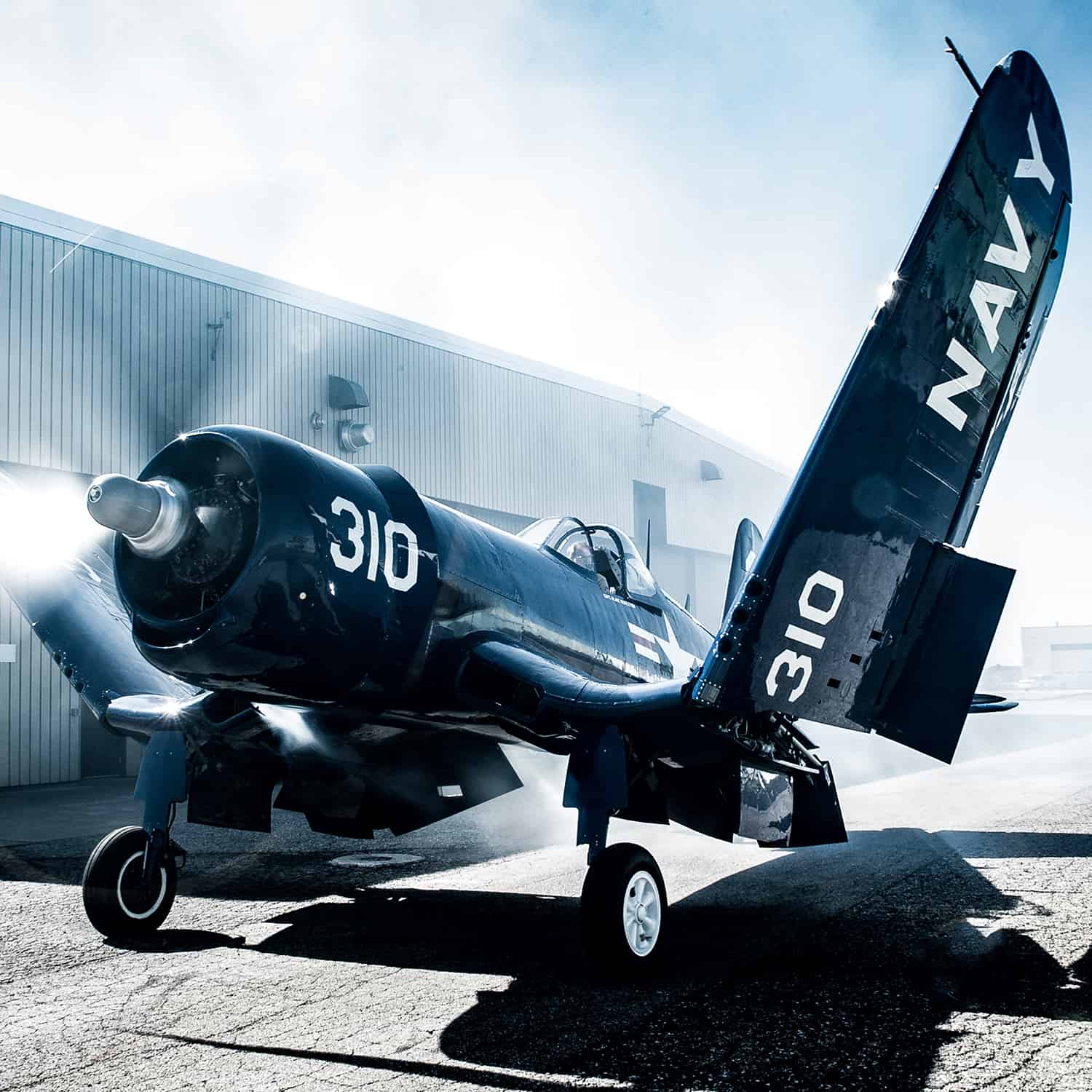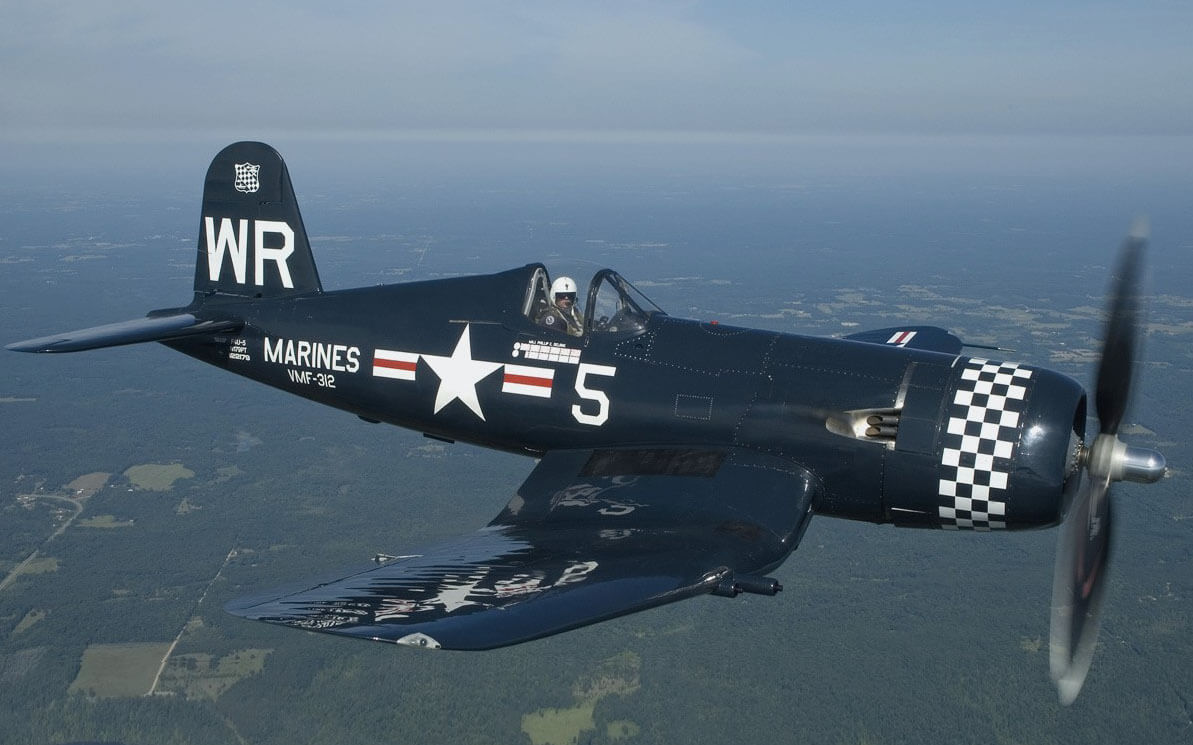The F4U Corsair: WW2’s Legendary Naval Fighter
The F4U Corsair, an iconic aircraft of World War II, took its maiden flight in 1940 and was officially introduced into United States service in 1942. Its impressive performance, distinctive design, and combat capabilities quickly established it as one of the most feared and effective naval fighters of the Pacific War. This article explores the key features and factors that contributed to the F4U Corsair’s reputation as WW2’s best naval fighter.
The F4U Corsair’s exceptional performance was a result of its unique design elements. It featured a powerful Pratt & Whitney R-2800 Double Wasp radial engine, which provided an impressive amount of horsepower. The engine’s size and power necessitated the distinctive gull-wing design of the aircraft to accommodate the large propeller diameter. This design not only allowed for the incorporation of the massive propeller but also provided greater ground clearance for the propeller tips, essential for carrier operations.
The F4U Corsair boasted impressive speed and range capabilities, making it a formidable opponent in aerial combat. With a top speed of over 400 mph, it could outpace most of its contemporaries. Its extended range allowed it to accompany bombers on long missions, providing crucial protection and escort services.
Equipped with six .50 caliber machine guns, the Corsair delivered a substantial amount of firepower. Its armament was highly effective against enemy aircraft and ground targets alike. Additionally, the aircraft could carry various combinations of bombs, rockets, and drop tanks, allowing it to adapt to different mission profiles.
The Corsair’s combat effectiveness was demonstrated in its success against Japanese adversaries. Its speed and agility made it difficult to intercept, while its robust construction allowed it to absorb significant damage and still return safely to base. The Corsair’s performance was particularly notable in the hands of skilled pilots who capitalized on its strengths to achieve impressive kill ratios.
Although initially plagued by landing performance issues due to its high landing speed and long nose, the Corsair eventually overcame these challenges and became a staple on carrier decks. Its capabilities were crucial in gaining and maintaining air superiority over the Pacific, contributing to the success of major naval battles such as the Battle of Okinawa.
Pilots had great confidence in the Corsair’s capabilities, which boosted morale and overall combat effectiveness. Its reputation as a rugged aircraft that could bring its pilots back home even after absorbing damage further solidified its status as a beloved and trusted companion in the skies.
The F4U Corsair’s impact on World War II cannot be overstated. Its remarkable performance, innovative design, and combat prowess established it as one of the most iconic and effective naval fighters of the conflict. From its first flight in 1940 to its pivotal role in the Pacific War, the Corsair’s legacy lives on as a symbol of American aviation ingenuity and a testament to the pilots who flew it into history.
Hits: 10










